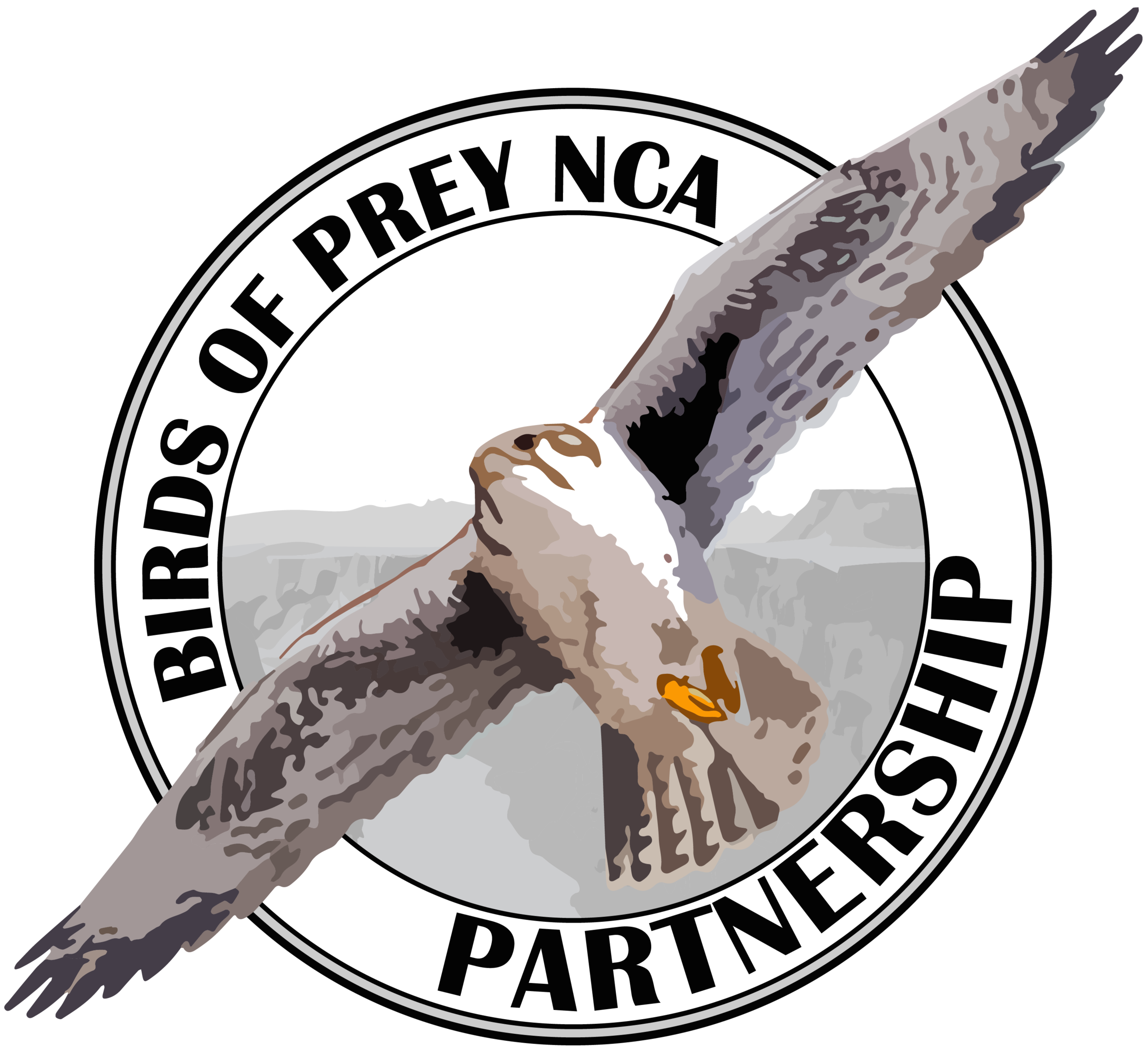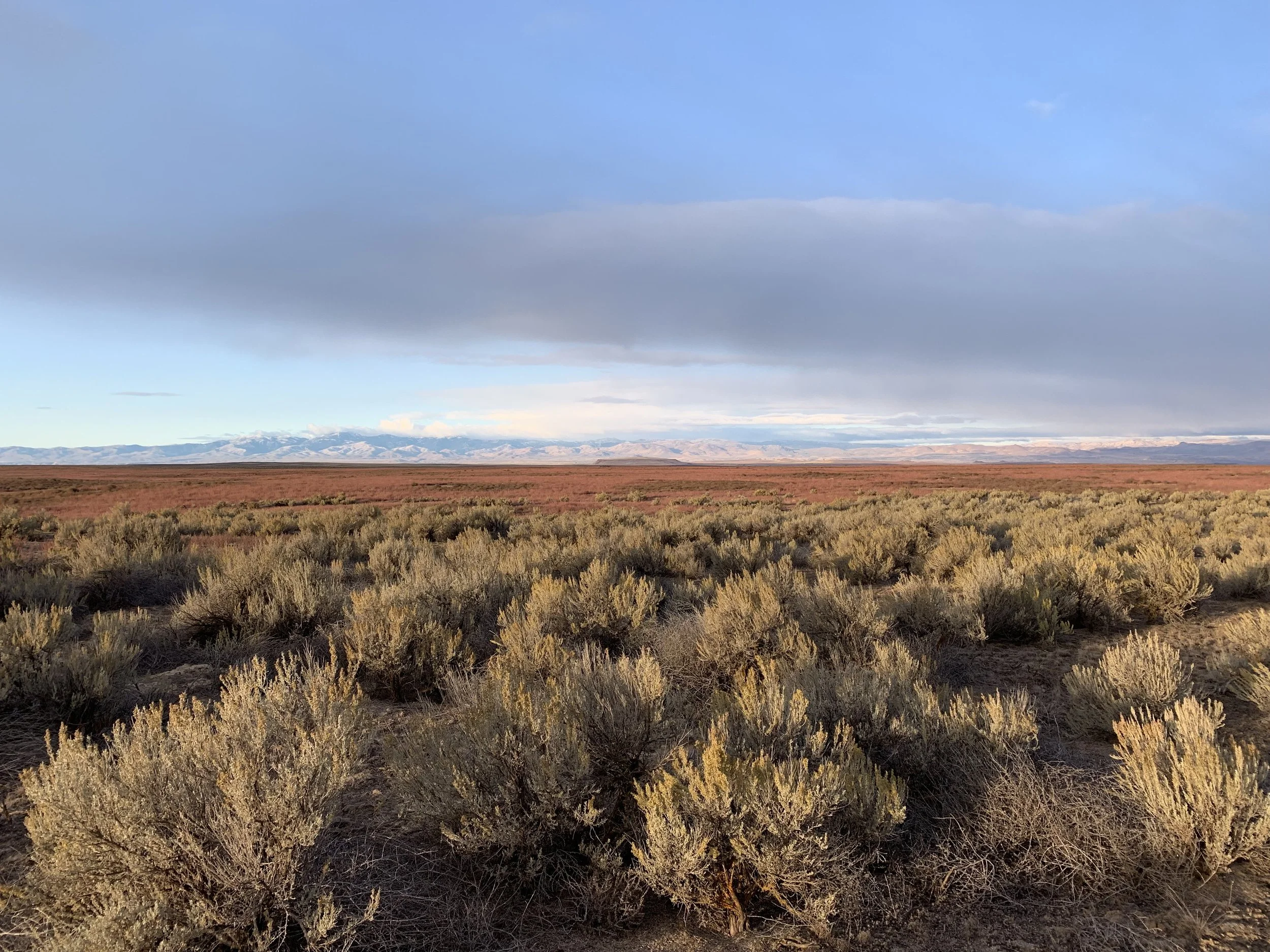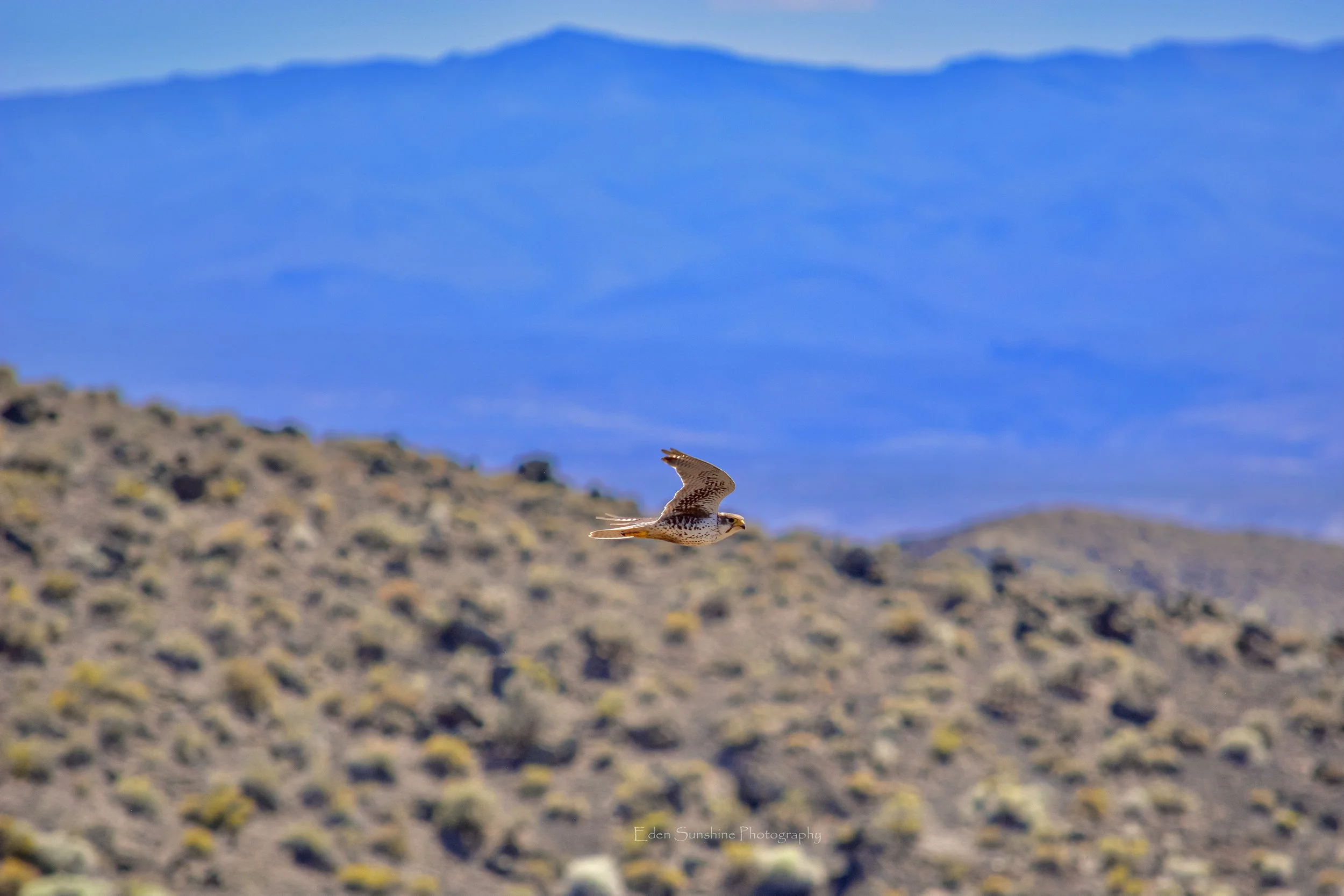Celebrating the 25th Anniversary of the Creation of the National Conservation Lands (NCL)
By Annabel Christiansen
This year marks the 25th anniversary of the designation of a very special category of public lands - our National Conservation Lands. These landscapes, like our very own NCA, support recreation and education opportunities, as well as protect our most precious ecosystems and wildlife habitats - such as the breathtaking canyons and rolling sagebrush grasslands that sustain our birds of prey here in Idaho.
Photo Credit - Eden Ravecca
What Are the National Conservation Lands? A Look at the BLM’s Protected Public Lands System
The National Conservation Lands are a network of very special landscapes that are managed by the Bureau of Land Management (BLM). Established in 2000, this system aims to conserve and protect some of the nation’s most ecologically-valuable, scenic, and culturally-rich lands. The NCL includes national monuments, national conservation areas, wilderness areas, wild and scenic rivers, and historic trails. In total, the NCL protects over 38 million acres of our most precious lands, providing endless opportunities for recreation, scientific research, and the continued preservation of important natural and cultural resources and landmarks. This network ensures that these lands will be protected both today and in the future - whether that’s through tourism, outdoor recreation, or conservation partnerships. All of these avenues not only protect and support the land itself, but local communities as well.
Photo Credit - Steve Alsup
The Morley Nelson Snake River Birds of Prey National Conservation Area: Idaho’s Conservation Landmark
The Morley Nelson Snake River Birds of Prey National Conservation Area is particularly special - we were one of the very first NCAs to ever be established. Our NCA was designated in 1993, 7 years before the official creation of the NCL network in 2000. We celebrated our 25th anniversary in 2018, which was the year of our first Raptor Fest.
The NCA we know and love protects the remarkable ecosystem of the Snake River canyon and the surrounding desert plateau. Congress recognized the importance of this landscape, and on August 4th, 1993, Idaho’s Snake River Birds of Prey National Conservation Area was officially established. In 2009, it was renamed the Morley Nelson Snake River Birds of Prey National Conservation Area to honor long-time bird of prey advocate Morley Nelson. Nelson spent much of his life advocating for the conservation and protection of birds of prey and the land that supports them. By working closely with politicians, land managers, biologists, and the public, he was able to garner tremendous support for the establishment of the NCA.
Photo Credit - Eden Ravecca
Why the National Conservation Lands Matter: Recreation, Education, and Conservation
Today, our NCA provides endless opportunities for recreation, education, and scientific research. This 485,000-acre area, located along 81 miles of the Snake River, provides visitors the opportunity to see and learn about a plethora of wildlife, including more than 25 raptor species. Popular activities include rafting, canoeing, and fishing on the Snake River and C.J. Strike Reservoir. There are many miles of astounding trails that offer the opportunity to hike, horseback ride, or mountain bike your way through the NCA.
Protecting the Future: Conservation Partnerships and Research in the NCA
The NCA is often the backdrop for research projects taking place throughout Idaho - organizations such as BOPP, the Raptor Research Center at Boise State University, and the BLM collaborate on projects that help us better understand and conserve the many species of birds of prey that call this landscape home. Through the combined efforts of wildlife research, habitat restoration, education, and community outreach, BOPP advocates for the continued success and protection of birds of prey within the Morley Nelson Snake River Birds of Prey National Conservation Area.
Did you know that we have a podcast? If you’d like to learn more about our NCA and public lands, click here



